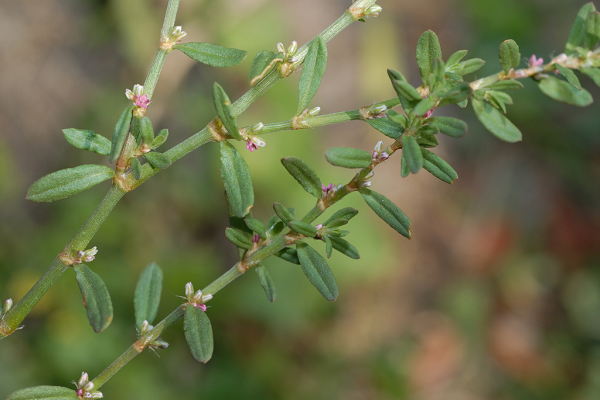Anti-fibrotic effects of polygonum plebeium r.br. in CCl4-induced hepatic damage and fibrosis in rats
DOI:
https://doi.org/10.15419/bmrat.v5i4.435Abstract
Introduction: Asian countries have the highest burden of liver diseases. Polygonum plebeium (P. plebeium), a.k.a. the common knotweed, is a species of plant in the knotwood family that can act as a blood purifier and has been widely used in Pakistan to cure liver disorders like jaundice and hepatitis. The plant is also used in the treatment of pneumonia, bowel complaints, diarrhea, dysentery, eczema and ring worms. Tannins, flavonoids, saponins and alkaloids are the major components of P. plebeium. Since its use in folk medicine in Pakistan, there has been little scientific evidence or information on it. Therefore, this study was aimed at investigating the anti-fibrotic effects of P. plebeium in carbon tetrachloride (CCl4)-induced hepatic toxicity and fibrosis.
Methods: The extracts of whole plant of P. plebeium were prepared and administered by oral gavage in rats. Liver fibrosis was induced by intraperitoneal (i.p.) administration of CCl4. To evaluate the hepatoprotective activity of P. plebeium, alanine aminotransferase (ALT), aspartate aminotransferase (AST), and gamma-glutamyl transpeptidase (γGT) levels were quantified. Histological evaluation of liver tissue revealed tissue necrosis and extracellular matrix deposition. Real-time PCR was done to evaluate mRNA expression of genes related to liver fibrosis.
Results: The groups treated with P. plebeium extract showed an ablation in liver damage; the elevated enzyme levels of ALT, AST and γGT were decreased. Treatment with P. plebeium extract treatment restored the CCl4-induced tissue fibrosis by significantly suppressing alpha-smooth muscle actin (α-SMA), tumor growth factor beta (TGF-β) and collagen mRNA expression levels. Histology of liver sections also showed that the CCl4-induced fibrosis was improved in the treatment groups.
Conclusion: Polygonum plebeium has therapeutic potential and can be used for preventing fibrosis in inflammatory liver disease.

Downloads
Published
Issue
Section
License
Copyright The Author(s) 2017. This article is published with open access by BioMedPress. This article is distributed under the terms of the Creative Commons Attribution License (CC-BY 4.0) which permits any use, distribution, and reproduction in any medium, provided the original author(s) and the source are credited.
